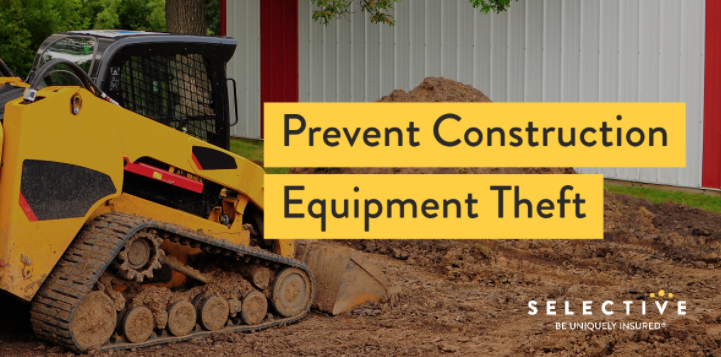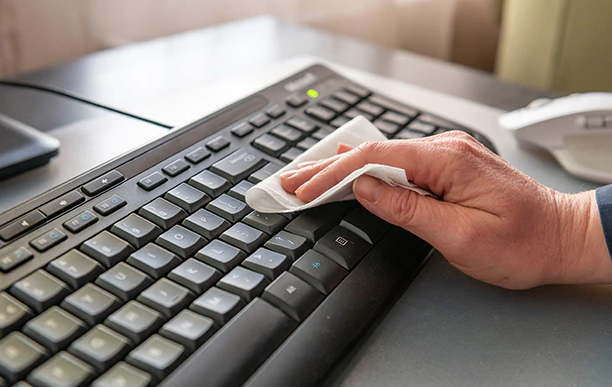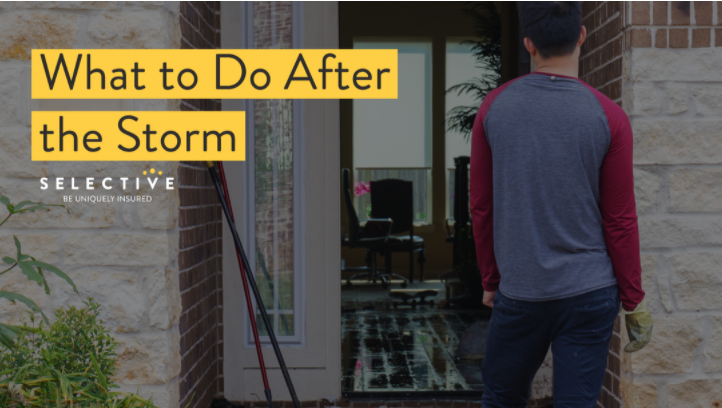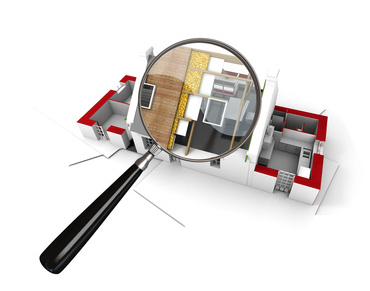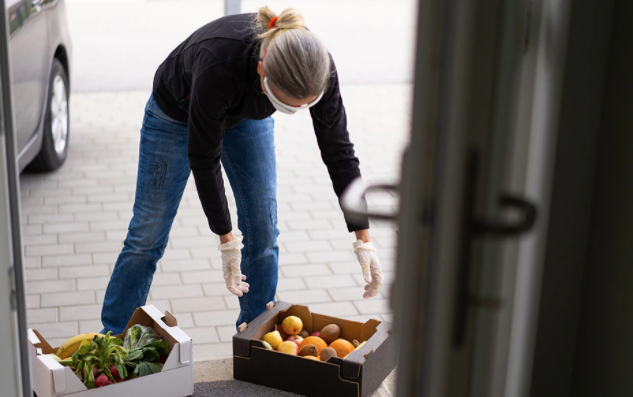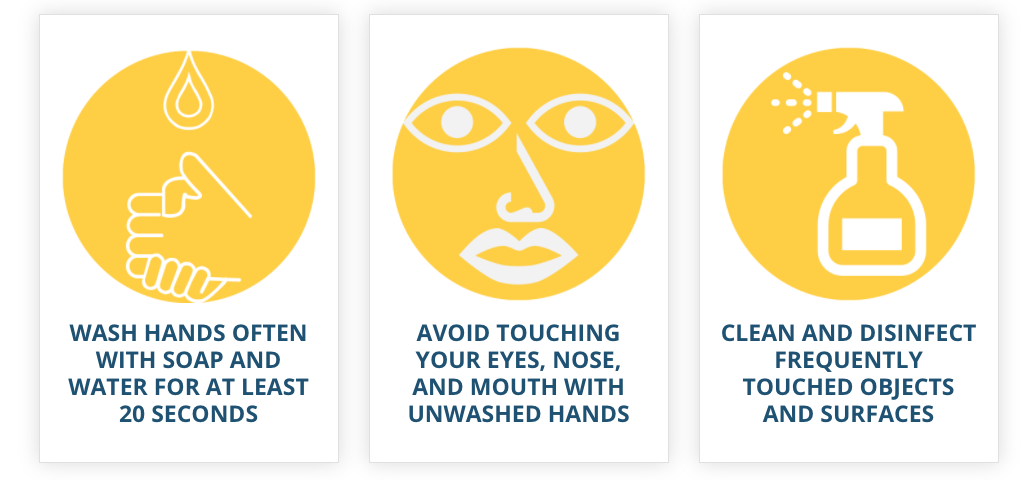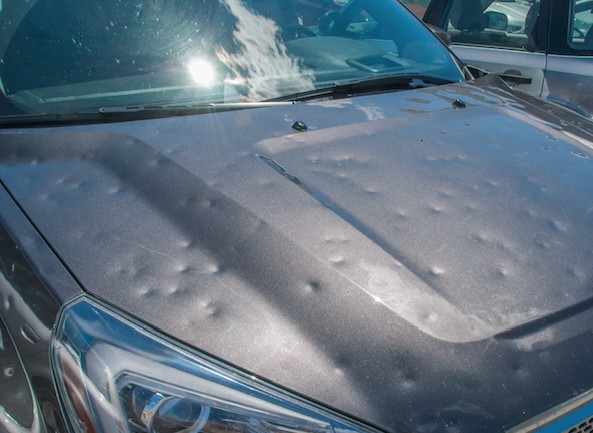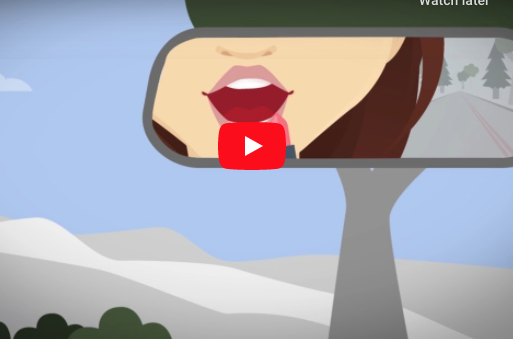14 Tips to Prepare Your Home for Fall
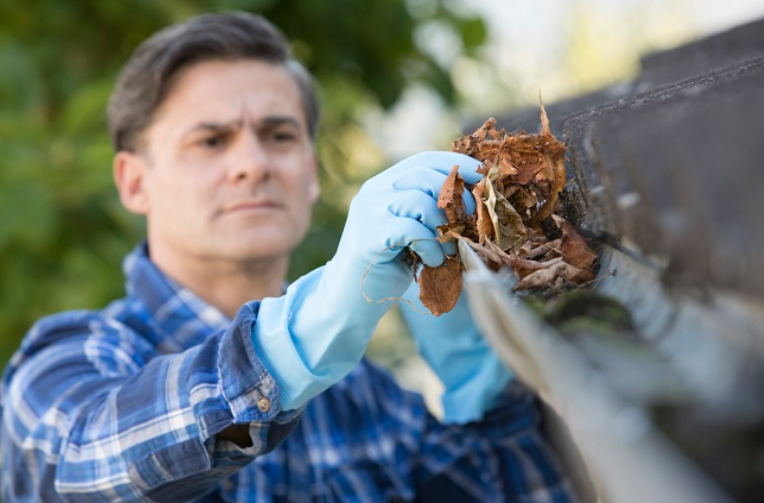
Danielle Gunraj
I love fall, especially early fall. Maybe it’s because the sweltering heat and the humidity of the New England summer dissipate and the weather transforms into crisp, clean breezes and cool nights. Maybe it’s because the leaves change from vibrant greens to jewel-toned reds, oranges, yellows and purples. As the author and philosopher Albert Camus describes it, the fall is “when every leaf is a flower.” Or maybe it’s because I take joy in knowing that school children have to wake up just as early as I do once again.
Whatever the reason, I’m really looking forward to it, even if it means that I’ll have to tackle some house and yard maintenance in the coming weeks. Here are my tips for getting your home into top shape this fall.
OUTDOOR PREP
1. Roof
Although you might want to wait until the majority of your leaves have fallen before you clean your gutters, clogged gutters can quickly lead to a watery mess, so it’s best to get started on this task sooner rather than later.
In addition to removing leaves and other debris, check for an accumulation of granules. This could indicate that your roof is losing its coating, so if you do notice a buildup, contact a roofing specialist. Once your gutters are clean, consider installing gutter guards to reduce the likelihood of a clog in the future.
And don’t forget to check your downspouts for clogs. One way to do this is to guide a plumber’s snake into the downspout to loosen the debris. It’s also a good idea to add downspouts extensions to direct the flow of water away from your home and foundation.
3. Siding
Be sure to check your siding for any cracks or gaps. With the weather cooling down, small animals might try to make their way into your home for shelter and warmth. Repair smaller holes with caulk and patch larger holes with new siding material. Also, touch up your exterior paint as needed. Not only will this increase your home’s curb appeal, but it will also help to shield your home from the elements.
4. Landscaping & Gardening
Have your tree branches trimmed, particularly those that are damaged, that are too close to your roof or power lines or that overhang your driveway. Cool weather is often accompanied by strong winds, and the last thing you need is for a tree to come crashing down on your car.
Once the leaves begin to fall, stay on top of raking them. You might be tempted to let them pile up, but there are a couple of reasons to avoid this.
- Your Neighbors. Nothing annoys me more than my neighbor’s leaves blowing into my clean yard.
- Your Yard’s Health. The more the leaves pile up and begin to break down, the more difficult they’ll be to clear away. If it snows before you’ve had a chance to rid your yard of them, they’re likely to stay on your lawn all winter, where they’ll block sunlight and encourage the growth of mold and fungus on your lawn. If this happens, don’t be surprised if you have to reseed next spring.
After you’ve cleaned up the majority of the leaves, apply fertilizer to your lawn to help prevent winter damage and so that it revives quickly next spring. Read Full Article










